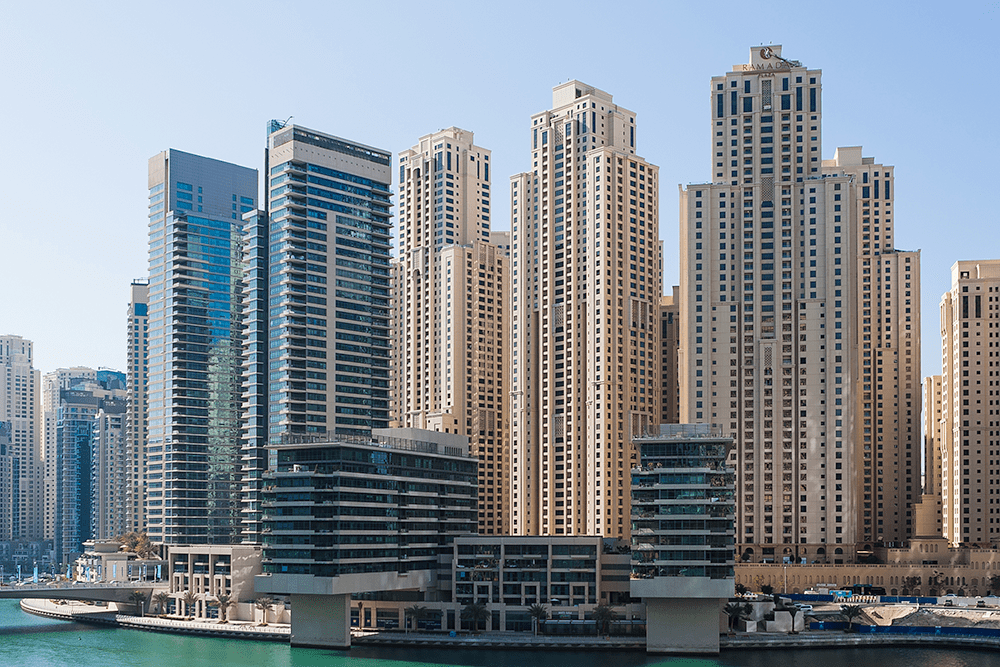AIRBORNE MICROBIOMES IN RESIDENTIAL BUILT ENVIRONMENT AND THEIR IMPACT ON HUMAN HEALTH

BACKGROUND ON AIRBORNE MICROBIOME
The exponential growth of urbanization has resulted in rapid development of and subsequent changes in the built environment. The built environment encompasses the buildings, houses, schools, offices, roads, bridges, trains, water, and electricity distribution system that help provide people with living, working, and recreational spaces. According to statistical analysis conducted by RICS summarized in their report “The Futures Report 2020” –
- More than half of the world’s population live in urban areas and this number is growing substantially
- Around 1.5 million people are added to the global urban population every week
- As per the UN, two-thirds of the population will be living in urban areas by the year 2050
This increase and change in the built environment have resulted in increase in microbiomes which are defined as the collective sum of all the living organisms and their by-products within the built environment. The term “Indoor Airborne Microbiome” includes a broad spectrum of living microorganisms originating from soils, plants, humans, animals, and water sources. There is a myriad of microbes in the built environment that vary depending on the type of indoor built environment such as homes, schools, healthcare facilities and even within the home but different rooms such as living room vs. kitchen vs. bathroom. Irrespective of the source and type, airborne microbiomes have been primary cause of several infectious diseases. Figure 1 summarizes the typical sources of airborne microbes in residential built environments. Given that people spend around 90% of their time indoors, it is imperative that we understand the association between indoor microbes, their sources and impact on human health.

One of the main objectives of understanding the source and types of airborne microbes is to prevent the transmission of diseases within the built environment, thereby safeguarding the health of its habitants. This article provides an overview of the sources of indoor airborne microorganisms in the built environment and the impact of microbiomes on human health. This article is part of new series by Sani Service titled “Microbiome of the Built Environment” that provides an understanding of the microbes residing in the built environment or anthropogenic environments such as residential houses, office buildings, schools, etc., sources of microbes, impact of microbes on human health, and factors contributing to the growth of microbiomes in the built environment. Sani Service are one of the leading providers in excellent and sustainable indoor air quality treatment solutions for both residential and commercial clients.
SOURCES OF INDOOR AIRBORNE MICROBES AND SUBSEQUENT HEALTH IMPACT
Effective treatment or remediation for any contaminant in the environment is more effective once its source and characteristics are known and understood. As enumerated earlier, there are various types of airborne microbes depending on the source of origin. Figure 2 enlists and summarizes the different sources of airborne microbes in residential houses – primarily applicable to indoor microbes.

- Dust Resuspension – studies indicate that an average of 18 kgs of dust is accumulated in each house on an annual basis which is one of the leading causes of allergies amongst children and adults, and impacts gut microbiome. Resuspension of dust during walking or similar activities can be a secondary source of contaminants/microbiomes which were originally airborne, then settled on surface, finally re-entering the moving air.
- Moisture/ Water Damaged Materials – it is well documented and researched that water damage in households can cause serious health risks and adverse respiratory disorders. Water being an excellent medium for all sorts of microbial activities such as growth of mold, fungus, mildew which can proliferate and cause respiratory infection, chronic headaches, and severe allergies.
- Plants or Vegetation – surface of the plants and soil are some of the most common habitations for microbial growth. Also, certain types of fungi or spores may be released from plants/flowers/vegetables as part of their life cycle. Although plant-associated microbes are mostly associated with beneficial or healthy microbes, certain natural events such as strong wind currents may cause dispersion of spores into the air causing allergies.
- Premise Plumbing – premise plumbing includes the portion of the potable water distribution system that runs from the water main to the tap inside the house via a service line. Some of the common examples include kitchen faucet, bathroom faucet, bathtub showerheads, etc. Since human exposure is highest at these sources, it is likely that premise plumbing is a prime hub for microbial activity and contamination from organisms such as Legionella. Microbial contamination in premise plumbing is also due to associated water quality and water usage in the built environment.
- Ventilation or HVAC System – depending on the type of ventilation, natural or mechanical, the structure and composition of the microbes can vastly differ. Natural ventilation facilitates entry of outside or ambient air into the built environment which results in penetration of outdoor particles into the indoor spaces. Microbes can grow significantly inside the ducts and filters of mechanical ventilation if regular disinfection and maintenance practices are not implemented.
REFERENCES
- Prussin, A. J., & Marr, L. C. (2015). Sources of airborne microorganisms in the built environment. Microbiome, 3(1), 1-10.
- National Academies of Sciences, Engineering, and Medicine. (2017). Microbiomes of the built environment: a research agenda for indoor microbiology, human health, and buildings.
- Leung, M. H., Tong, X., & Lee, P. K. (2019). Indoor microbiome and airborne pathogens. Comprehensive Biotechnology, 96.
- Hospodsky, D., Qian, J., Nazaroff, W. W., Yamamoto, N., Bibby, K., Rismani-Yazdi, H., & Peccia, J. (2012). Human occupancy as a source of indoor airborne bacteria. PloS one, 7(4), e34867.
- Fujiyoshi, S., Tanaka, D., & Maruyama, F. (2017). Transmission of airborne bacteria across built environments and its measurement standards: a review. Frontiers in microbiology, 8, 2336.
- Fitzpatrick, M. C., Bauch, C. T., Townsend, J. P., & Galvani, A. P. (2019). Modelling microbial infection to address global health challenges. Nature microbiology, 4(10), 1612-1619.
- //www.epa.gov/indoor-air-quality-iaq/indoor-microbiome
- //www.rics.org/north-america/news-insight/future-of-surveying/sustainability/urbanisation-and-the-built-environment-five-defining-facts/
By Abhiram Satyadev


